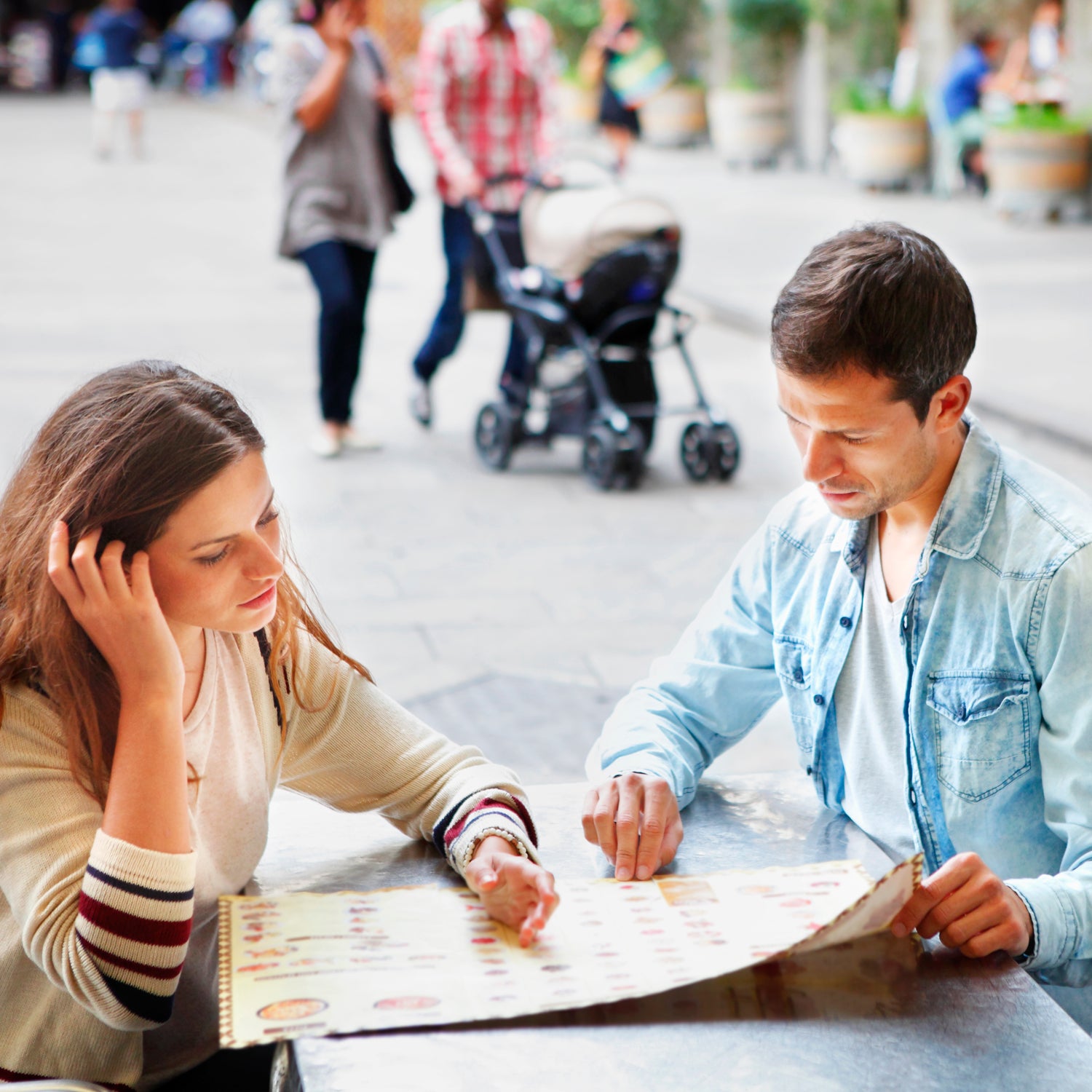The FDA’s new menu will soon require restaurants and many other food-selling venues with more than 20 locations (think movie theaters, ice-cream shops, and grocery store delis), to post caloric information on menus.
This decision comes despite a large body of suggesting that such labeling will have only modest, if any, influence on purchasing and eating behavior. But why is that? Why do people who spend hours looking at labels in grocery stores ignore nutrition information when they dine out? The answer, scientists believe, lies in our split-personality-like way of making decisions.
Nobel Prize winning behavioral economist divides our brain into two types of thinking: System 1 and System 2. In , Kahneman writes that “System 1 is the mode of thinking that operates automatically and quickly,” and is often driven by instinct and impulse. System 2, on the other hand, “allocates attention to effortful mental activities,” and thus represents the more thoughtful, reasoning self.
System 1 is our default mode of thinking, because it requires less energy. It’s especially dominant in hot, arousing situations, such as a steamy encounter or on the casino floor. Our best chance of activating the more labor-intensive System 2—the one that would analyze calorie data and use it to make a logical decision about what to order—is when we are in a cold, rational state.
“When you’re eating out, you have to ask yourself, are you making cold, calculated decisions, or being pulled by other forces?” says , a physician and behavioral scientist at Duke who studies the effectiveness of nutrition labeling. Nearly everything about the way most restaurants are designed—from the lighting, to the background music, to the size and color of the plates—speaks to your instinctive System 1 and says “eat more.” Or, as Ubel puts it, “You’re in an energized environment that encourages you to stuff more food in your face.”
Couple this with the social nature of eating out, and it is easy to see why nutritional information gets overlooked. “When eating with others, it’s easy to just kind of get going and eat more than you would have liked to,” Ubel says. “Plus, is anyone really going to order the light choice if they’re on a date, or out with the guys?”
Even if, against all odds, you manage to pay attention to menu labels, that doesn’t mean you’re out of the woods. “You’ve got to be aware of the what-the-hell effect,” says , a University of Pennsylvania professor who studies the intersection of marketing and health behaviors. “Even if someone fully accepts that what they want to order is egregiously unhealthy, they tell themselves, ‘What the hell, I’m out to dinner with friends, all bets are off. I’m going to get the nachos, chicken wings, and the burger!'” says Riis. He explains that because we’ve become desensitized to high-calorie options, few single items looks that bad. “It’s the combination of individual [calorie] numbers not being that dramatic, and a restaurant environment that is not at all conducive to triggering a careful analysis that gets us,” said Riis. “Even if we think we’re paying attention to menu labels, there is a good chance that we’re still using System 1 for the most part.”
Clearly, it is challenging to make thoughtful, analytical decisions once you’ve sat down at the restaurant table. But that doesn’t mean you can’t use the new nutritional information to your benefit.
, a Carnegie Mellon professor of Social and Decision Sciences whose research includes the science of menu labeling, suggests consciously engaging your System 2 and making decisions about what you’re going to eat ahead of time. Try checking out the menu online and picking an entrée before you go out. “Don’t even open up the menu,” when you finally get to the restaurant, Downs says. “When people actually sit down and make a thoughtful decision about what to eat in a ‘cold,’ controlled environment, menu labeling can work really well. But in a ‘hot,’ stimulating restaurant environment, the effect disappears.”
Downs cites that shows the impact of well-reasoned planning in a somewhat analogous situation: sex. “If we can get teenagers to make better decisions about sex by having a plan prior to being in the heat of the tempting situation, surely we can get grownups to do this with food.”
Friends and family can also make it difficult to make healthy decisions, giving you a hard time about ordering the salad or passing on desert. If this happens, try responding with something in the spirit of “I’m training for a triathlon and my food choices are important for my performance.” (Okay, that sounds a little , but you get the idea.)
All of that said, sometimes you should just indulge. “Sometimes you’re just hungry,” Ubel says. “I don’t know if I’d call that System 1 or System 2, I’d just call that biology. If it was the day you did your 20-mile run, just go for it.”


